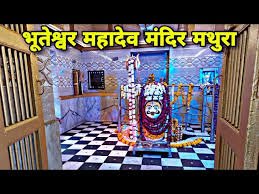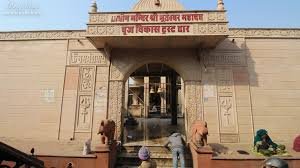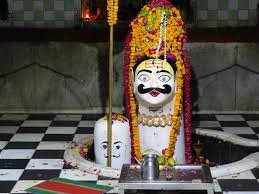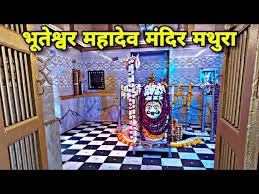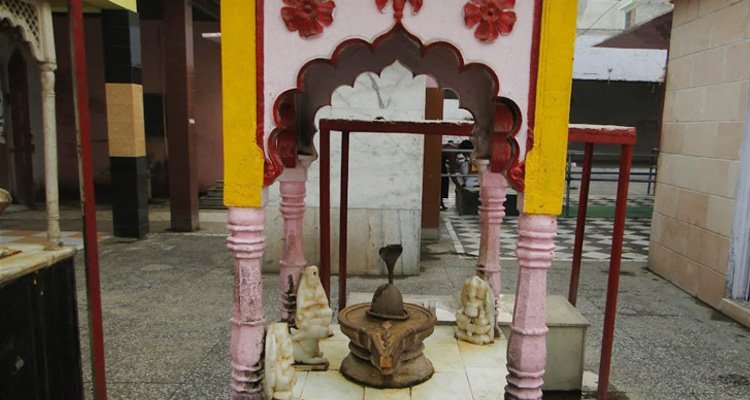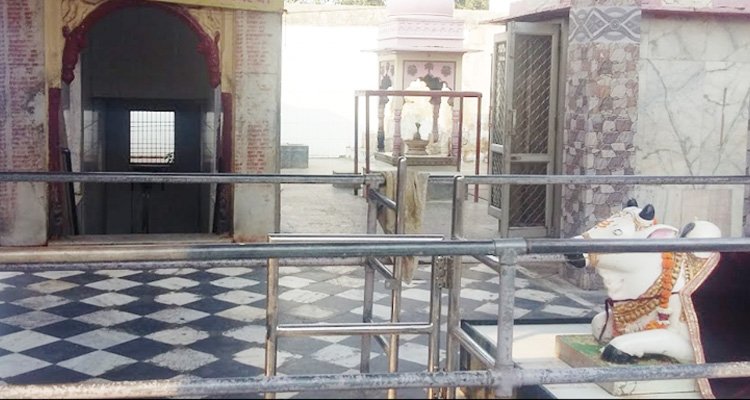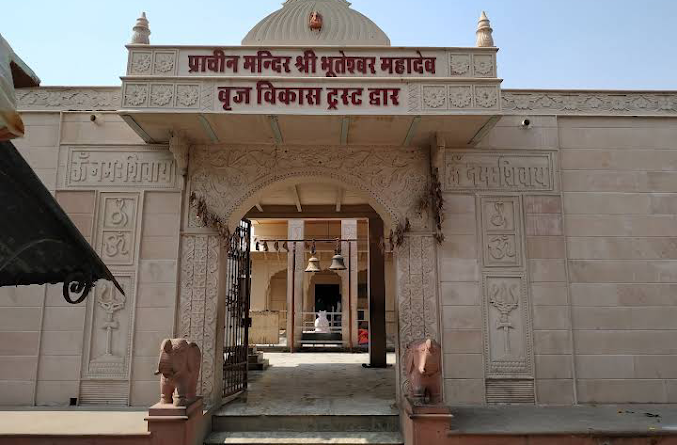Bhuteshwar Mahadev Mathura
About Bhuteshwar Mahadev Temple
Bhuteshwar Mahadev Mandir is a famous Hindu temple dedicated to Lord Shiva. It is also a Shaktipeeth where Mata Sati’s ringlet fell when she performed Sati.
The shrine is auspicious and one-of-a-kind since it is one of the city’s few temples not dedicated to Lord Krishna. The Bhuteshwar Mahadev Temple, one of the oldest temples, also houses the Patal Devi Cave, where King Kansa worshipped the deity.
Pilgrims worldwide travel to the temple to pay obeisance to the Shiva Lingam of Lord Shiva. A throng of pilgrims pay their respects to Bhuteshwar Mahadev Mandir, Mathura, during Shravan Maas, a Hindu month that falls in July-August.
History of Bhuteshwar Mahadev Temple
People in Mathura believe that Bhuteshwar Mahadev protects the city from evil. As per popular belief, the sacred temple of Bhuteshwar safeguards the town and its residents from evil forces; thus, the name Bhuteshwar.
It is the city’s oldest temple built in celebration of founding this gorgeous place.
According to mythology, Mathura was established when Shatrughan slew the demon Madhu. Shatrughan, Sri Ram’s younger brother, founded Mathura after the demon’s murder. The Bhuteshwar Temple in Mathura has been around for thousands of years and renders a beautiful persona to the cityscape.
Architecture of Bhuteshwar Mahadev Temple
The temple’s sanctuary is spread over 100 square metres. Bhuteshwar Mahadev Temple, one of Mathura’s oldest temples, holds the Patal Devi Cave, the deity revered by King Kansa. Lord Shiva’s presiding deity’s name is Bhuteshwar Mahadev.
One noteworthy feature is a conduit that connects the outside of the grilled side-gate to the inside, allowing devotees to offer ‘abhisheka’ or first prayers onto the Shivling. Apart from the major Linga, there are several smaller ones on the left side of the main entrance, where worshippers independently offer ‘abhisheka’ and flowers without the help of a priest. Amongst the numerous Shiva temples in our country, this one has a distinct flavour.










